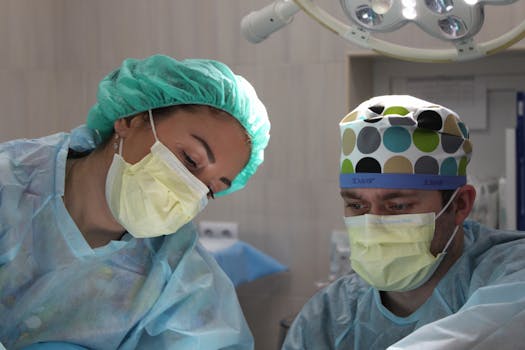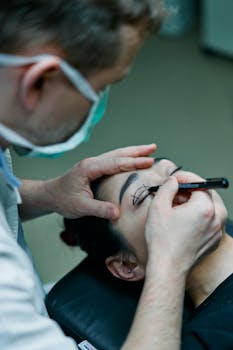A mini lower face lift can be an effective option for people seeking subtle rejuvenation without the recovery of a full operation. This focused approach addresses sagging along the jawline and under the chin while preserving much of the natural facial structure. In this practical overview we’ll cover what a mini lower face lift aims to correct, how it differs from other techniques, what to expect during recovery, and alternative or complementary options such as non-surgical mini lifting facial treatments.
Mini lower-face lift: variations and expectations
Terminology varies: you may hear lower face lift, lower facelift, micro face lift, mini face and neck lift, mini face tuck, or partial face lift used to describe similar targeted procedures. A mini face lift is usually less invasive than a traditional facelift, with smaller incisions around the ears and less tissue repositioning. A mini facelift procedure is commonly chosen by those with early jowl formation, mild marionette lines, or moderate loss of jawline definition.
Who is a candidate?
Good candidates are generally healthy adults with realistic goals who are bothered by changes in the lower third of the face but don’t require extensive neck work. If you have mild to moderate skin laxity or a descended cheek affecting the jawline, a mini lift may improve contour with a quicker recovery. Those needing comprehensive correction of the neck or deeper midface descent may be better served with a full lower facelift or combined mini face and neck lift.
What happens in the procedure?
The mini facelift procedure typically involves short incisions hidden near the hairline and around the ear, targeted tightening of the superficial muscular aponeurotic system (SMAS), and removal of small amounts of excess skin. A micro face lift may use similar techniques at a smaller scale. Local anesthesia with sedation or general anesthesia can be used depending on surgeon and patient preference. The mini face tuck focuses on the lower tissues and avoids the long incisions and prolonged bruising associated with traditional methods.
Recovery and aftercare
Recovery is one of the appealing features: swelling and bruising often subside within 1–2 weeks, and most people return to light activities quickly. You’ll be given instructions on incision care, activity restrictions, and when to resume exercise. Pain is typically mild and manageable with over-the-counter or prescribed medications. Scars from a mini facelift are usually minimal and hidden, but proper sun protection and follow-up care are important for optimal healing.
Risks and realistic outcomes
All surgeries carry risks such as infection, bleeding, asymmetry, or poor scarring. Specific to a mini lift, incomplete correction and the potential need for revision are considerations. Discuss expectations carefully with your surgeon to understand the likely degree of improvement. A partial face lift can deliver noticeable tightening with less downtime, but results are generally subtler than a full lower facelift.
Non-surgical and complementary options
For those preferring to avoid surgery, non-surgical lifting options and energy-based devices can produce mild tightening. Treatments like thread lifts, radiofrequency, and ultrasound can complement or delay the need for surgical intervention. A professional mini lifting facial or targeted skin-care regimen may enhance skin quality while you prepare for or recover from a procedure. To align surgical choices with ongoing skin health, consider integrating advanced topical care; you can read more about innovations in skincare in this Explore skincare technology breakthroughs.
For a broader clinical perspective on facelifts and surgical classifications, the following summary is useful: facelift overview.
Choosing a surgeon and planning
Select a board-certified plastic surgeon or facial specialist experienced in mini procedures and ask to see before-and-after photos of similar cases. Discuss anesthesia options, scar placement, expected downtime, and detailed cost estimates. A thorough consultation will help you weigh the benefits of a mini facelift versus a more extensive lower facelift or combined mini face and neck lift.
- Plan realistic goals and review before-and-after photos.
- Understand recovery timelines and scar care to optimize results.
- Consider non-surgical alternatives or complementary skin treatments.
Q: How long do results from a mini facelift last?
Results vary by individual, but many people enjoy improved contour for several years. Aging continues naturally; lifestyle factors, genetics, and sun exposure will influence longevity. Some patients choose touch-up or additional treatments later.
Q: Is scarring noticeable after a mini face tuck?
Scars from a mini face tuck are typically small and placed to follow natural contours around the ear and hairline, making them largely inconspicuous. Good surgical technique, careful wound care, and sun protection help minimize visible scarring.






